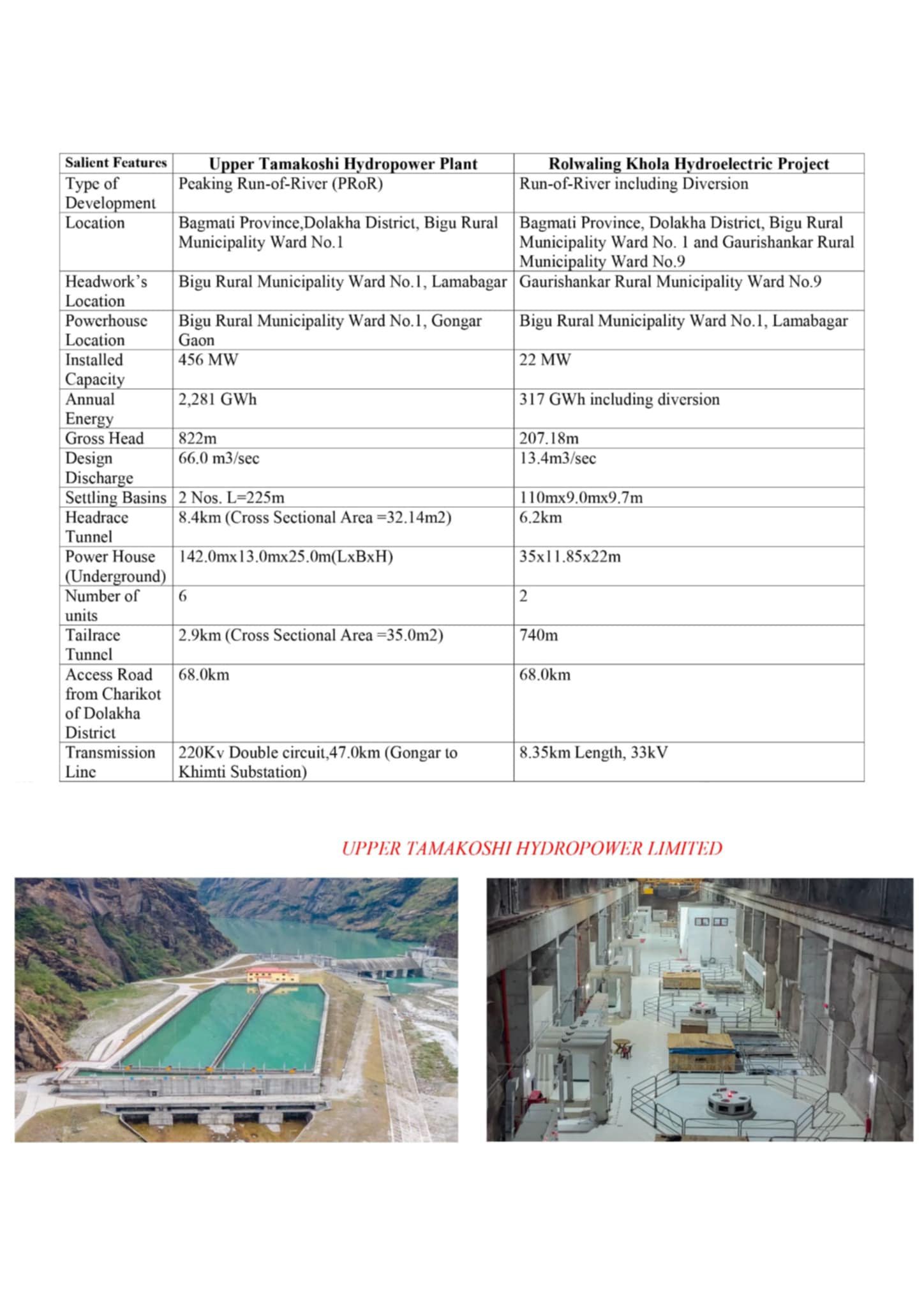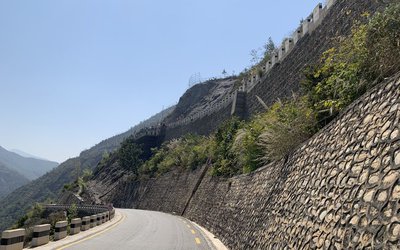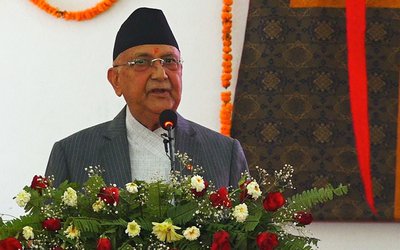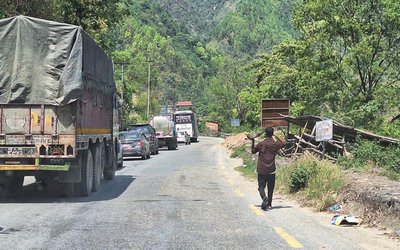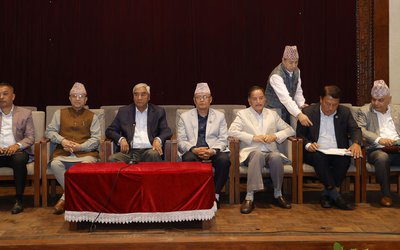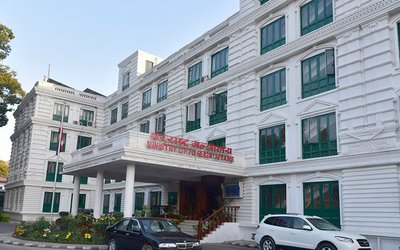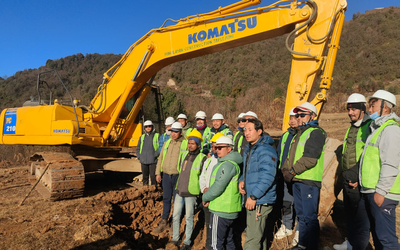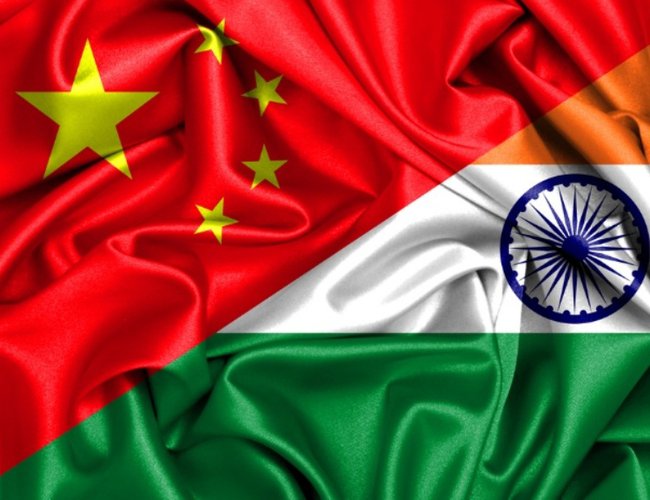
In the backdrop of the tense border stand-off in Sikkim with China, India has begun its first ever in-depth assessment of Chinese investments in India’s neighboring countries.
According to The Hindu Daily, the exercise — being conducted mainly from India’s national security perspective — has been initiated by the Prime Minister’s Office and the National Security Adviser.
In addition to assessing the nature and impact of Chinese FDI in Nepal, Bangladesh, Bhutan, Myanmar, Pakistan and Sri Lanka, the study will track Chinese investments in Afghanistan and Maldives too.
Dynamic mandate
According to media report, given the increasing influence of China in the Indian sub-continent and South Asia, the study will be dynamic and is, among other things, expected to look into various trends, tracking a surge, if any, in Chinese FDI in the region. For instance, Pakistan government data shows that FDI from China jumped from $256.8 million in 2014-15 to $878.8 million in 2016-17 (July-May). Pakistan’s financial year follows a July to June calendar.
The Hindu said the study will also analyse the impact of these Chinese investments — including those being made as part of the Belt and Road Initiative (BRI, also known as One Belt One Road or OBOR) — on India’s national security, sources said requesting anonymity. India’s reservations regarding the BRI/OBOR include strategic concerns on the BRI’s flagship project, the $50 billion China-Pakistan Economic Corridor (CPEC), as it is expected to cover regions including Pakistan-occupied Kashmir (PoK).
According to the report, the major challenge in the study will be the lack of detailed, country-wise data on overall FDI (year-wise) and Chinese FDI, in particular.
Biswajit Dhar, Professor at Jawaharlal Nehru University, Chinese investments in countries like Pakistan could, in turn, set the stage for Pakistan to make inroads into markets in Bangladesh, Sri Lanka and Nepal and challenge the presence of Indian firms in these markets, where India is currently the major player.
The CPEC/OBOR projects can also better link Pakistan with the Central Asian Republics (CAR) and help the country establish a footprint in those markets, Prof. Dhar said.
According to a January 2017 ‘Special Report’ by the Institute of South Asian Studies (ISAS) of the National University of Singapore on an international workshop on ‘China and South Asia’, the Ambassador of China to Sri Lanka, Yi Xianliang had said he considered China in many respects part of South Asia, especially in terms of geography. Current Chinese cooperation with south Asian countries is undertaken within the framework of OBOR, the report said, adding, however, that Mr. Yi Xianliang had explained that OBOR has no strategic, security or political intent.
The report said India does not believe in the Chinese clarifications that OBOR projects only have economic objectives, and quoted ISAS Editor (Current Affairs) P.S. Suryanarayana as saying that “economic initiatives have strategic and security dimension”.
CPEC fallout
According to a study by the New Delhi-based national security and defence services think tank, United Service Institution of India (USI), “As far as India is concerned, CPEC has added a layer of complexity with more projects in PoK being drawn into its ambit without taking Indian concerns on board. That makes projects in contested areas politically vulnerable.”
The USI study said if CPEC and OBOR are actually about regional economic growth, as the lending nation, China should rethink and roll back investments in PoK. Significantly, the USI study further said: “The ability of Pakistan to absorb the (CPEC) investments in given period and thereafter pay back is also suspect considering historic trends. Hence, these debts could eventually become strategic equities for China, especially the Gwadar Port (the main CPEC investment in the port sector), which can worsen security in South Asia.”
- INDIA PAKISTAN CONFLICT: Nepal’s Security Challenges
- May 14, 2025
- ADB: Nepal To Grow By 4.4 Percent
- May 02, 2025
- UML POLITCIS: Oli Vs Bhandari
- Apr 29, 2025
- FORMER KING GYANENDRA: Bating Constituional Monarchy
- Apr 28, 2025
- NC-UML COALITION: In Turmoil
- Apr 27, 2025
